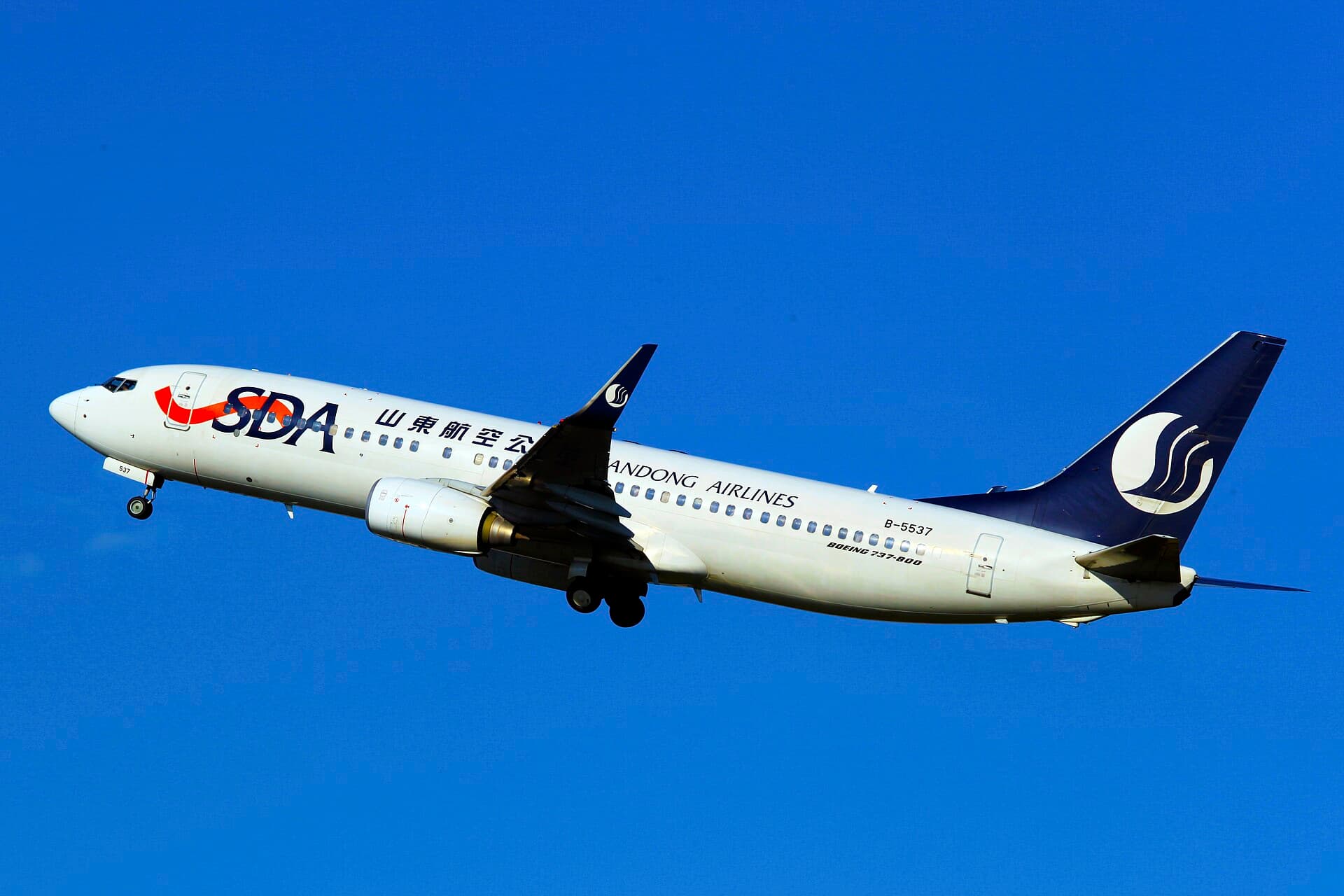
With the ASEAN summit scheduled to take place in the Philippines in 2026, preparations are underway to address what many see as a regional opportunity for growth in local tourism. One major topic now gaining traction: a potential unified visa system across Southeast Asian countries.
Tourism Secretary Christina Frasco recently reiterated the country’s support for a regional visa initiative, signaling that the Department of Tourism is preparing for a broader influx of travelers from neighboring nations. Similar to the European Schengen visa, the proposed ASEAN visa would streamline entry procedures for tourists moving across borders within the region.
Frasco emphasized that while the idea depends on collective agreements among member nations, the Philippines remains “desiring an ASEAN visa without compromising national security.” Other member states have expressed similar interests in a shared visa scheme.
A Look Ahead to 2026
The Department of Tourism confirmed that the ASEAN Tourism Forum will kick off the 2026 summit season. Set for January, the forum is expected to shape tourism frameworks across the region, with emphasis on coordination, travel facilitation and sustainable practices.
This comes at a time when more Filipinos are exploring local travel, with destinations like Bohol, Siargao, and the Cordilleras seeing steady growth. Increased connectivity, such as direct flights from regional airports and low-cost carriers operating within Southeast Asia, plays a key role. Inter-island ferries and improved highway access have also helped travelers explore lesser-known places beyond major hubs like Cebu and Metro Manila.
Local Travel and Mental Health
Tourism studies from regional universities highlight how local travel has supported mental health recovery following the COVID-19 pandemic. Filipinos who took short trips, even within their own provinces, reported reduced stress and improved mood. According to a 2024 report from the University of the Philippines’ Asian Center, access to nature, fresh food, and slower-paced environments contribute to this effect.
As Frasco explained in her briefing, “The hosting of ASEAN in 2026 will be a very big boost to tourism for the country.” But the impacts are expected to go beyond foreign arrivals. Domestic travelers will likely benefit from the same expanded tourism programs and services being prepared for international visitors.
Travel Infrastructure and Ease of Doing Business
Recent efforts have focused on making travel easier and more efficient for both local and regional tourists. This includes digital platforms for booking tours, mobile payments in rural destinations, and streamlined licensing processes for small tourism enterprises.
The Civil Aviation Authority continues to expand routes in secondary airports like Dumaguete, Laoag and Legazpi. Combined with new domestic sea ports and bus terminals, local movement is becoming easier, especially in regions outside Luzon.
Economic Gains and Sustainability
Data from the Philippine Statistics Authority shows that tourism-related jobs in provinces like Palawan, Bukidnon, and Ilocos Norte increased by 8.5% from 2022 to 2024. Many of these jobs are in food services, transport, and eco-guided activities. Barangays near key attractions are now exploring cooperative models to sustain income through farming, weaving, and cultural performance packages aimed at small travel groups.
Frasco has said the Philippines’ tourism framework is being updated to meet both sustainability and employment goals. One example is the push for carrying capacity limits in tourist-heavy areas, in coordination with local governments and environmental groups. Waste management training, solar-powered lodges, and marine conservation efforts have started in places like Panglao and Siargao.
What Comes Next
As 2026 approaches, the possibility of a unified ASEAN visa may open up new travel behaviors and business opportunities. But many of the benefits are already unfolding within the country. Easier travel access, improved public services, and growing interest in local destinations continue to shape tourism from the inside out.
The Department of Tourism’s plans will remain under watch, not just by regional neighbors, but by thousands of Filipinos whose jobs and small businesses now rely on the steady flow of travelers—both local and soon, potentially regional.
By Jaja Agpalo
Jaja Agpalo has a background in journalism and additional studies in international law and business communication. Her career includes editorial roles at leading international media outlets such as Business Times and Celebeat, where she covered business, economy, cryptocurrency, personal finance, gaming, technology, and entertainment. Outside the newsroom, Jaja enjoys discovering new places and cuisines, blending her love for storytelling with a passion for travel and food.




